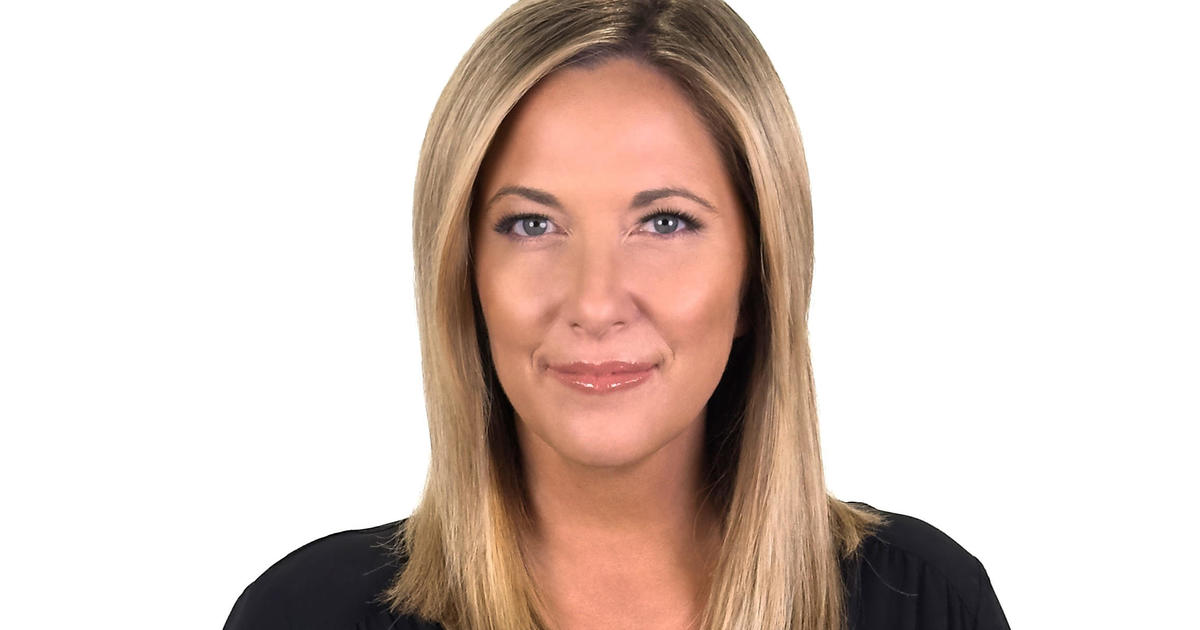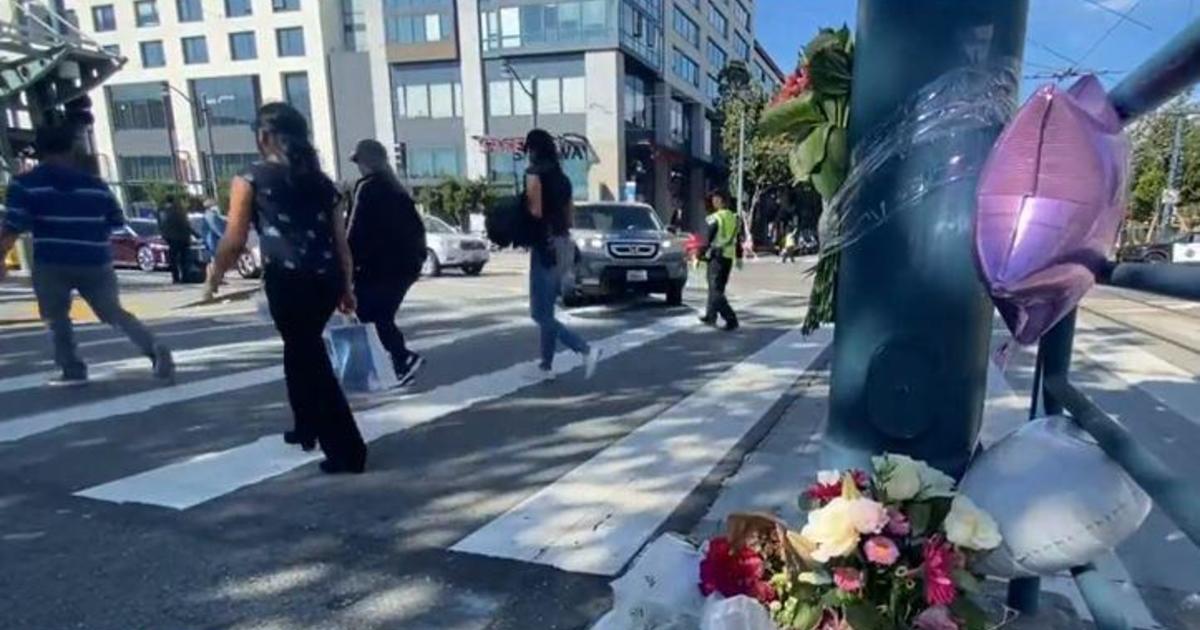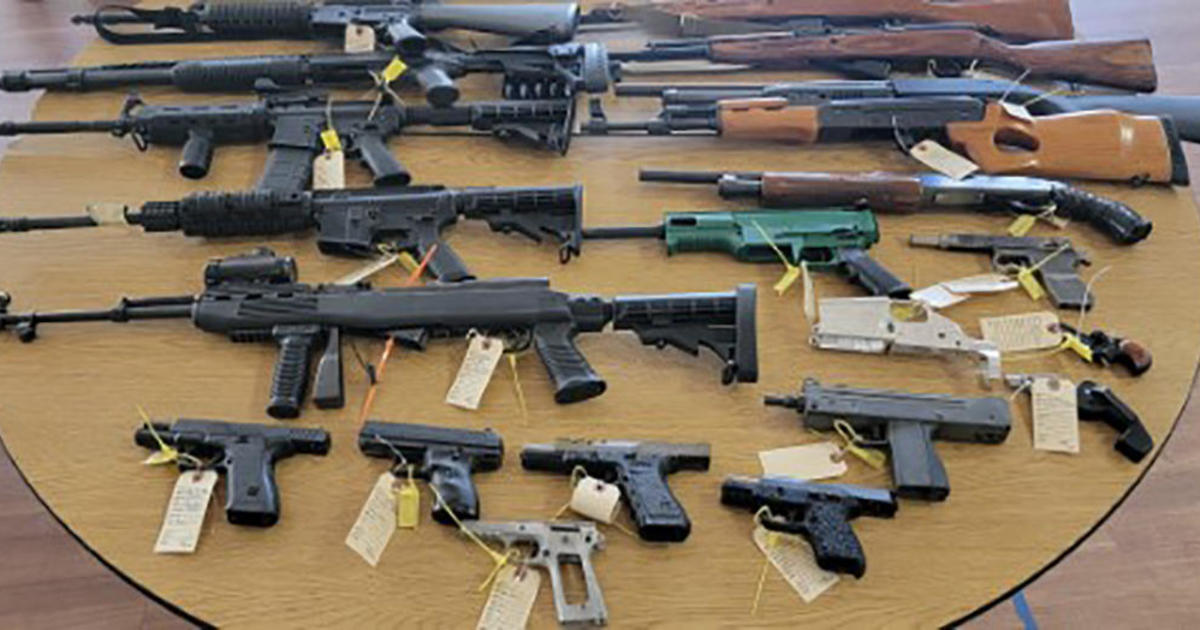Police Lineup Flaws Put California Man In Prison For Decades
LOS ANGELES (CBS 5) -- Police lineups are a staple of TV crime shows. Detectives watch as a witness tries to identify the suspect. But witnesses can, and do, make mistakes. Yet critics say many police departments are not doing what it takes to prevent them.
It's a day Francisco Carrillo will always remember: The day he got out of prison after serving 20 years for a drive-by murder he didn't commit.
It happened in a suburb of Los Angeles, when a car full of Latinos shot into a group of African-Americans. Carrillo, who was 16 at the time, was miles away at his father's house.
Six days later, Carillo recalled, "The door gets kicked down, about 15 to 20 armed officers storm in order me and my father to the ground. I can clearly remember as I sit here that I could not understand why they were there."
But the sheriffs who arrested him were sure they knew. An eyewitness had chosen Carrillo's photo out of a lineup as the shooter. Five other witnesses later came forward to say they had seen him too. And a jury found him guilty.
"It was almost like an out of body experience," Carrillo said. "I just could not believe that they said those words."
Serving a 30 year sentence, Carrillo started thinking hard about what went wrong and came to one conclusion. "How it involved me was that photo lineup. Everything else had nothing to do with me," he said.
It turns out Carrillo's case is a classic example of problems with police lineups. Mistakes came to light in the court proceedings that led to his exoneration.
"We really needed to study what happened in terms of those eyewitness identifications," said Linda Starr with the Northern California Innocence Project, which helped public defenders to get Carrillo freed.
"We decided that we needed to see ourselves what could be seen under the circumstances, as described by all the witnesses," Starr said. "So we went out to the scene at the same time of night with the same lighting conditions. We were shocked: You can't see a thing!"
Carrillo's defense team also re-interviewed the witnesses. The first witness provided their main clue. "The sheriffs conducting the lineup had influenced his ID," Starr said.
In court testimony the witness admitted the investigator in the case prompted him to pick Carrillo's photo. "There were officers who possibly wanted to close this case the sooner the better," Carrillo said.
Starr said influencing a witness is never supposed to happen. And Starr said there are ways to prevent it.
"Preferred practices now recommend that the person administering the lineup not know who the suspect is," she said.
The method is called a double blind lineup. San Jose police are among a growing number of departments across the state that have adopted the practice.
"We actually bring in a separate investigator," said Lt. Michael Kihmm, who runs the San Jose Police Department's sexual assault unit.
His investigators walked CBS 5 through the process, which involves a series of admonishments that are read from a script. Without knowing the real suspect the interrogator can't, even inadvertently, drop any hints.
"They can't accidentally make a gesture or show that picture a little bit longer," said Lt. Kihmm.
San Jose police also use another new technique they say keeps the process honest: It's called a "sequential" lineup. The photos are shown one at a time, and shuffled each time a different witness comes in. That's different from a traditional lineup called a "6-pack," in which witnesses are shown six numbered mugshots at the same time.
In Carrillo's case, the "6-pack" lineup allowed the first witness to tell the others what number mugshot he had chosen. "He went back and talked to the other witnesses and told them it's number one. I'm sure it's number one," said Carrillo.
Eventually all six witnesses recanted and a judge declared Carrillo a free man. But the investigator who allegedly influenced the main witness was never disciplined, and the sheriff's department never apologized.
Carrillo is now pushing for all California police and sheriffs to adopt the new protocols. "It's a broken system," he said. "I hope my case will in some way help others understand that reform needs to take place, the sooner the better."
CBS 5 asked the Los Angeles County Sheriff's Department to give us their side of the story, but they never got back to us.
Meanwhile, the Innocence Project is conducting a survey of lineup practices statewide. In the Bay Area, all of Santa Clara County has adopted the new protocols.
(Copyright 2011 by CBS San Francisco. All Rights Reserved. This material may not be published, broadcast, rewritten, or redistributed.)



